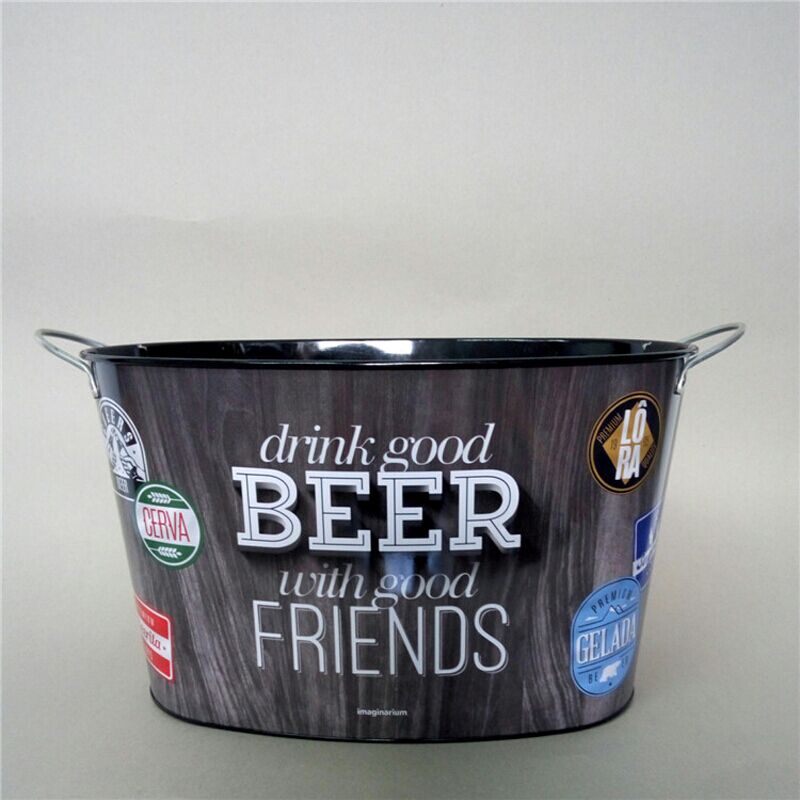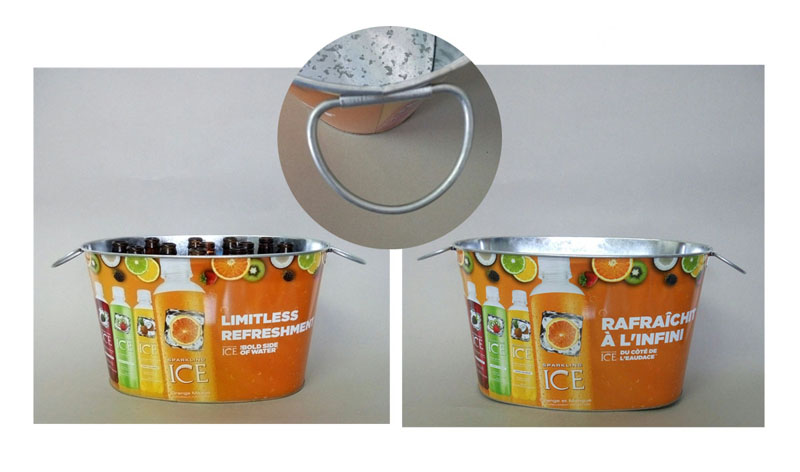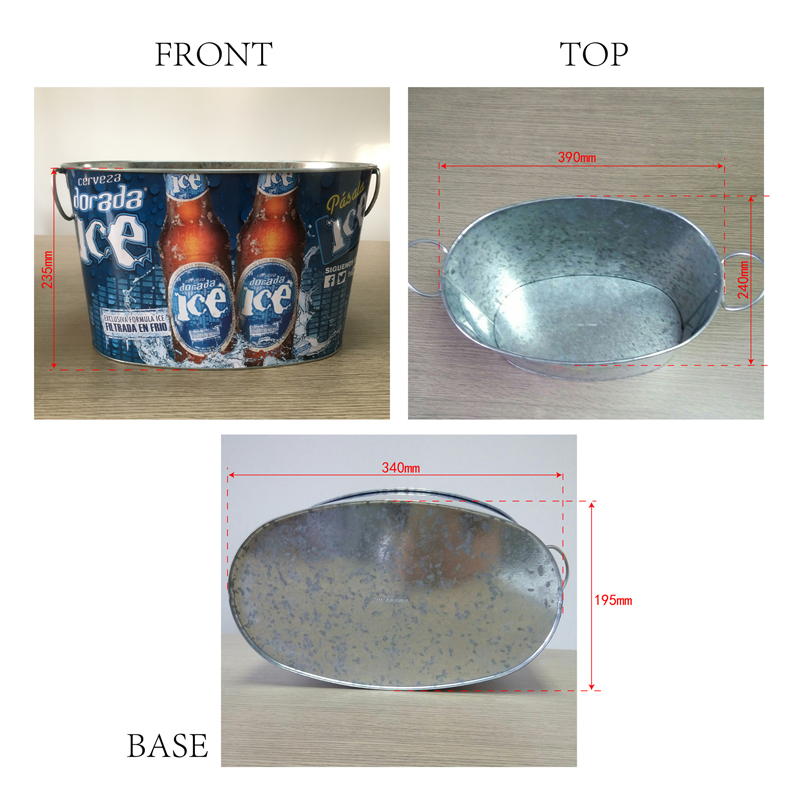Direct spotting chip preparation technology
The direct spotting method was first developed by the Brown Laboratory of Stanford University. It is to arrange a small amount of oligonucleotide fragments, cDNA or protein, etc. directly on a medium such as slides by a specific high-speed spotting robot. The needle is connected to a specially processed slide through a covalent bond or ionic bond, thereby preparing a chip. The direct spotting method mainly includes three important links: probe preparation, surface modification of the carrier and spotting.
1. Probe preparation
According to the purpose of the experiment, select the corresponding probes and types. The probes of the gene chip mainly include oligonucleotides or cDNA. For oligonucleotide probes, the design of the probe is a critical part. The corresponding probe sequence needs to be designed according to the research purpose. For example, SNP analysis chip, the sequence and position of the site to be detected must be considered, and the probe needs to be strictly controlled. Tm value of the needle. If it is used for the study of expression profiling, the design principle of the oligonucleotide probe of the target gene is to make the probe have no homology with other genes, that is, the specificity of the probe is better. After the probe design is completed, there are currently commercial companies that can carry out artificial synthesis.
For cDNA chips, a large number of cDNA clones of the target gene need to be cloned in advance and verified by sequencing. The PCR is used to amplify the probe, and after purification, it can be used for spotting.
For protein chips, the preparation of probes is a big bottleneck, and a large number of active probes need to be prepared in advance. There are several main ways: one is to synthesize peptide probes, although the efficiency is higher, but their activity may be very different from the intact protein; the second is to use genetic engineering to prepare protein probes, construct the target gene into the prokaryotic or In the eukaryotic protein expression system, it is expressed in host cells, and the probe is prepared after purification; the third is for antibody chips, monoclonal antibodies are prepared by hybridoma technology, and purified for chip preparation.
Proteins need to be pretreated because DNA is relatively stable compared to proteins, so all DNA probes can be directly dissolved in the spotting solution after simple purification. The properties of different protein probes vary greatly, and the stability is also poor. The protein usually used to prepare the chip preferably has high purity and intact biological activity, so you must select the appropriate buffer to dissolve the protein before spotting. . Generally, PBS buffer containing 40% glycerol is used. One can prevent the solution from evaporating and keep the protein hydrated during the entire manufacturing process of the chip; then the buffer can effectively prevent the denaturation of the protein and thereby maintain its biological activity. After the protein pretreatment is completed, it can be added to the sample tank for spotting.
2. Surface modification of slides
For the DNA chip, the carrier used in the spotting method is mostly a glass sheet, which has a smaller hybridization volume and a lower fluorescence background than a porous nylon membrane, and supports the use of two or more fluoresceins at the same time. Other solid-phase carriers available include nitrocellulose membrane, activated dextran gel, agarose, methacrylic acid copolymer, acrylamide, polystyrene, etc. Most of them are due to strong fluorescent background, poor chemical and physical stability, and fixed DNA fragments are rarely used for reasons such as poor consistency and difficulty in increasing density.
Before spotting, the carrier surface is generally chemically modified (such as polylysine or silane coupling agent, etc.) to make the surface rich in amino groups and positively charged. The modified solid-phase carrier surface can be electrostatically adsorbed with negatively charged DNA or protein probes, or can be connected by a bifunctional coupling reagent (such as glutaraldehyde) to assist in the formation of covalent chemical bonds.
There are many ways to modify the surface of the slide. For example, 3-aminopropyltrimethoxysilane amidates the glass surface. The amino group reacts with 1,4-benzenediisothiocyanate to make the surface of the slide glass connect with the amino group. The reacted isothiocyanate group, the 5'amino-modified oligonucleotide reacts with the isothiocyanate group, thereby connecting the probe to the chip. Rogers studied the feasibility of covalently cross-linking oligonucleotides modified with terminal disulfide bonds to the surface of mercapto-silanized glass. The slides were first derivatized with 3-mercaptopropyl silane, and then undergo thiol substitution reaction with the oligonucleotide modified with 5 'disulfide bond compound and then cross-linked. In addition, Livaehe et al. Used the principle of oxidative polymerization of pyrrole under electrochemical conditions to prepare oligonucleotide chips based on microelectrode arrays. When energized, 5 'pyrrole-modified oligonucleotides and pyrrole polymerize on the microelectrode, the polymer synthesis area is limited to the electrode surface, and various oligonucleotide probes can be selectively positioned by switching the energization of the microelectrode.
For protein chips, commonly used carriers are membrane carriers and glass slides. Polyvinylidene difluoride (PVDF) is commonly used for membrane carriers. When used, the membrane is first cut to the desired size and then soaked with 95% ethanol. When the slide is used as a carrier, special chemical modification is generally required. The glass slide is usually treated with a silane reagent containing acetaldehyde to make the surface of the slide carry active aldehyde groups. The aldehyde group reacts with the amino group carried by the protein to fix the protein on the carrier. This method is suitable for fixing larger Protein molecules. If smaller protein molecules or peptides are fixed, the slides are modified with bovine serum albumin-succinimide (BSA-NHS). The specific method is: first adsorb a layer of BSA molecules on the glass slide, and then use N, N-disuccinimidyl carbonate (N, N-disuccinimidyl carbonate) to activate the BSA molecules, so that the activated Lys and Asp on the BSA Glu reacts with the amino or carboxyl group of the protein to be immobilized to form a covalent connection.
3. Spotting
The direct spotting method is widely used because of its advantages such as simple operation, low cost, and easy promotion.
(1) Spotting system: Spotting system is also called spotting instrument or manipulator. In the direct spotting method, the manipulator used has a set of computer-controlled three-dimensional mobile devices, including a spotting head equipped with a spotting needle, a robotic arm, a spotting needle cleaning system, a chip carrier, and a computer control system.
The basic principles of spotting instruments produced by different manufacturers are similar, but the way of spotting is different. The spotting method includes contact spotting (needle spot) and non-contact spotting (spray spot). Needle point refers to using a needle to point the DNA sample onto the medium by directly contacting the surface of the medium. Commonly used needle types are spit pin, solid pin, capillary pin or pinandring. The spray point is to point the DNA sample to the surface of the medium through a non-contact method, and usually the pressure is used to transfer the probe. Compared with the needle point, the spray point has a large sample volume and a small density. Therefore, the spray point is mainly used for low-density film. It is not as widely used as the needle point. Its biggest advantage is that it can be combined with other methods such as piezoelectricity. At present, the more mature types of spotting needles are: the cracked needles of TeleChem and Majer, the solid needles of Genomic Solutions and BioRobotics, the ring needles of GeneticMicrosystem, etc., and the use of piezoelectric non-contact spraying method by Packard lnstrument.
(2) Spotting and post-processing of spotting: The process of spotting differs according to different types of spotting instruments, and the specific operation should be carried out according to the manufacturer's guidelines.
After the spotting is completed, it must go through a post-processing process before it can be used as a biochip. Different substrates and different samples will have different combination methods, which also require different post-processing methods for spotting. If the chip with the membrane as the carrier is fixed, it should be placed in a wet box at a constant temperature of 37 ~ C for 1h; the chip with the glass slide modified by polyacrylamide as the carrier can be activated with glutaraldehyde to activate the gel and Proteins form connections; for glycoproteins, hydrazides can be used instead of amides to activate the gel and bind to the polysaccharide groups on the protein to achieve the purpose of fixing the protein. Generally, post-spot treatment includes four steps: hydration, UV cross-linking, elution and blocking. The purpose of hydration is to ensure that the sample and the substrate surface fully react in the solution state; the purpose of UV crosslinking is to hope that the chemical bond formed between the sample and the substrate surface can absorb ultraviolet light and become stronger; the purpose of elution is to wash off Those samples that are not firmly bound to eliminate their influence in the hybridization process; blocking is to eliminate the non-specific interaction between the surface active groups of the substrate and the probe molecules in the hybridization solution to generate background.
The choice of blocking agent and the blocking method vary according to the modification of the slide and the type of probe. For example, the amino-modified DNA chip is blocked with succinic anhydride solution, and the aldehyde-modified DNA chip is blocked with sodium borohydride solution. The blocking reagents used in protein chips are mainly calf serum albumin and glycine. After blocking, the chip was washed repeatedly with PBST (PBS containing 0.1% Tween 20) to remove excess blocking solution.
15QT Ice Bucket:
This type of ice barrel have the big size capacity,and
have fixed handles and flexible handles. The handles are useful and portable and the beverage zinc tub with full color printing and low prices.
Description of the 15QT ice bucket:
Name:15Qt Ice Bucket
Spec:Φ390×Φ240/Φ340mm×Φ195mm×235mm
Material: galvanized iron
Note: can hold 12 beer bottles of 355ml
Fields of applications: bar, party, hotel, home, outdoor activity




1.Are you factory ?
Yes. A professional Ice Bucket and Tin Tray manufacture.
2.Are your products the lowest prices ?
EXW, the same quality, we are much cheaper than other suppliers.
3.Can we customized product ?
Yes, Tailor-made tooling for your own design is welcome.
4.What is the transportation ?
If small quantity, we suggest that sent by Courier, If large amount, by
shipping.
5.If goods are damaged in transit, how to do ?
Products are inspected strictly before shipping, if damage, they can be
replaced .
15QT Ice Bucket
15Qt Ice Bucket,Foldable Silicone Ice Bucket,Ice Bucket With Lid,Triangle Plastic Double Layer Bucket
True & Bright Metal Packaging Co.,Ltd.KaiPing , https://www.tnbcan.com



